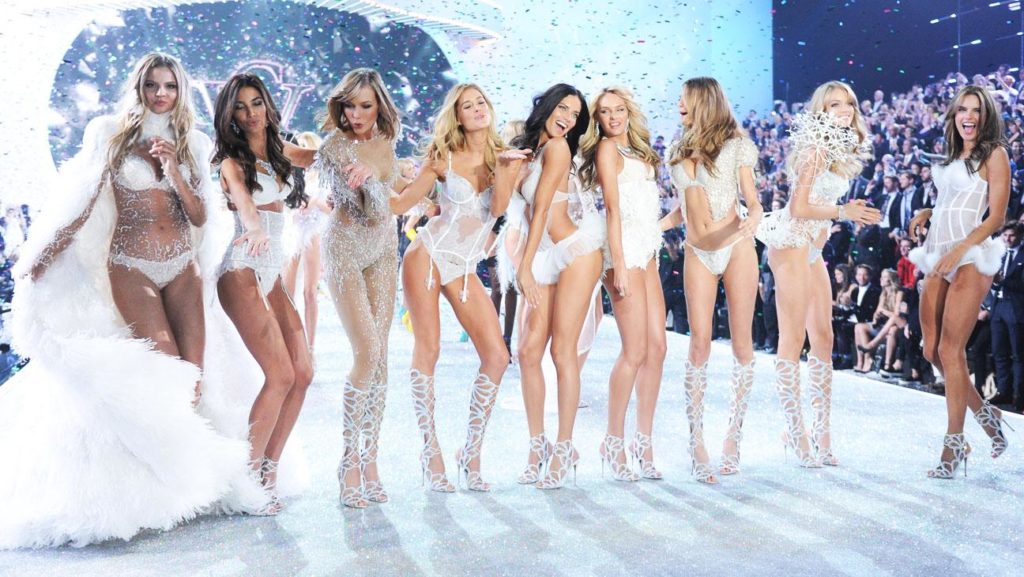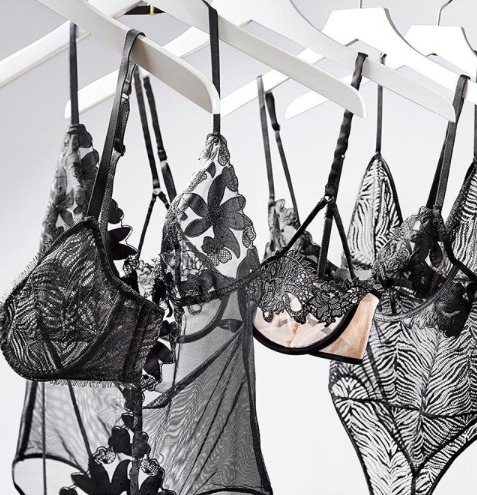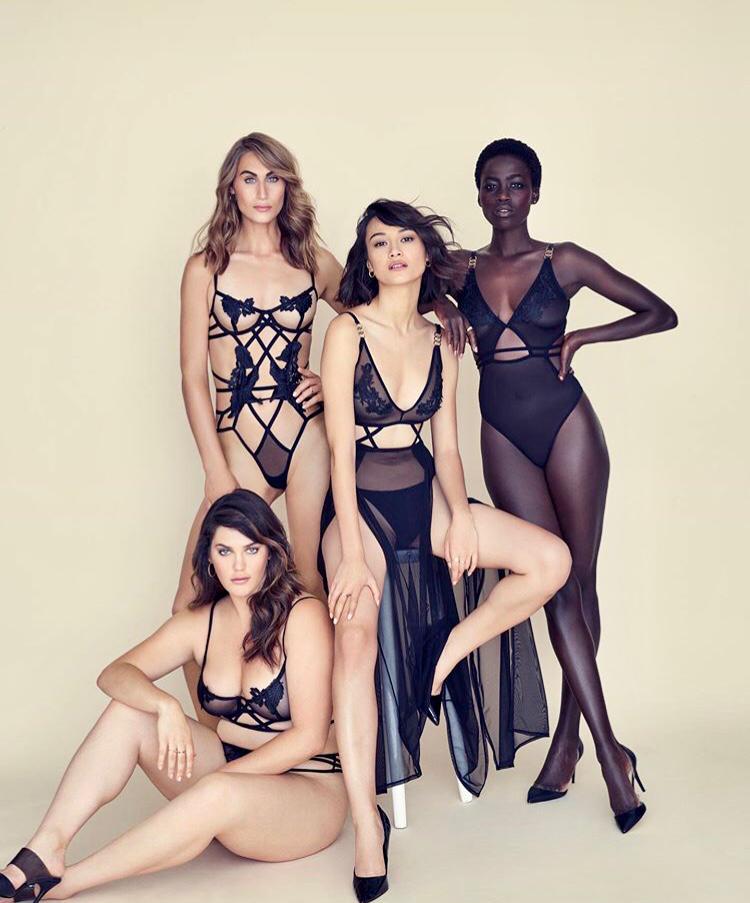
As Rihanna’s newest Fenty x Savage lingerie line took the stage during last month’s New York Fashion Week for an exceptionally vivacious, celebratory, widely inclusive fashion-show-turned-live-performance, it almost felt like a long-awaited revolution in American intimates market has finally marched through the runways. The overthrown ruler of catwalk, according to media, was the once almighty Victoria’s Secret.
The American lingerie juggernaut needs no introduction. Neither does Victoria’s Secret Fashion Show, infamous for sending down the runway heavenly gorgeous, long-limbed, shiny “Angels” in unholy, racy outfits – all to the sound of the season’s bop, preferably performed live. This year, however, for the first time in its 25 years history, the show was cancelled. Quoting Leslie Wexner, the CEO of L Brands (Victoria’s Secret parent company), it was suspended to “take a fresh look at every aspect of business” and “re-think” its marketing platform.
Even regardless of viewership ratings hitting their all-time-low for 2018 fashion show (only 3.3 million viewers vs 9.7 million just five years ago in 2013), significant profit was still generated through selling broadcasting rights as well as through sponsorships from partner brands, such as Swarovski and Charlotte Tilbury. For a company that has been struggling for several years to preserve its dominant market share, diminished in the course of competition with better positioned and more inclusive brands such as Aerie and Third Love, this loss of potential profit is indeed a bold move that should have had a solid reasoning or a burning necessity behind it.
The latest company updates suggest that the brand is gradually undertaking a marketing turnaround to save some face in the light of growing public disappointment with Victoria’s Secret. Interestingly enough, the changes are somewhat hushed, despite routine headlines, and currently have more to do with business structure alterations rather than radical communication strategies, as if the company is taking a break from numerous scandals and prefers to keep a low profile as it does so – simply to avoid any further image deterioration that comes as no surprise in today’s consumer market, heavily affected by #MeToo movement and call out culture.
Indeed, the lingerie giant has been under fire for many months, even years, be it outdated branding or accusations of sexism, extensive abuse of photoshop, or even racism. Victoria’s Secret struggled with one too many scandals, the latest – and the nastiest of it – being Leslie Wesner’s apparent friendship with late Jeffrey Epstein, a crucial figure in America’s latest sex trafficking scandal and a convicted sex offender. Epstein was said to not only have managed Wesner’s wealth, but had allegedly also been using the name of Victoria’s Secret to “coerce women into sexual acts”, who agreed for the slim chance of becoming one of the legendary brand’s model ambassadors. Ties between Epstein and L Brands’ founder Lex Wesner have caused serious damage to already fragile public image of Victoria’s Secret, heavily criticized for its excessive sexualization of very young women. Not surprisingly, the company’s shares dropped to their decade minimum soon after the news broke.

Seemingly endless negative sentiment is by far not the only problem that Victoria’s Secret is experiencing. Consumers are not engaged with the brand anymore – it failed to change together with them. As Victoria’s Secret positioning kept revolving around an unattainable, unrelatable version of female sexuality, no matter their attempts to feature girl-next-door new faces to make up for heavy glamour of the overall communication, smaller, more flexible competitors were listening – and catering to – the needs of the new consumer, who has grown tired of having white men – that constitute 9 out of 12 Board members at L Brands – shoving this explicit, heavily retouched sensuality down their throats. It failed to understand that millenial women have the power and the willingness to decide consciously which brand will get their money – and Rihanna’s Fenty x Savage is more likely to come out as a winner out of it.
As for Victoria’s Secret – what exactly has been happening lately to finally stir up things on the sinking boat that is L Brands, and to ultimately initiate a marketing turnaround? Only several months after Ed Razek, the company’s chief marketing officer, made rather controversial remarks about refusing to cast neither plus-size nor transgender models – for “the show is a fantasy” and “an entertainment special” (cit.) – and faced an incredibly strong backlash followed by a very formal and half-hearted apology, the brand’s first transgender model, Valentina Sampaio, was hired. Razek, in what seemed to be quite a sassy move, resigned within several days, hopefully taking the “old” Victoria’s Secret with him, as the brand went into a rehab of some sorts.
As we look through the brand’s Instagram account, we notice a very subtle, but observable change in the tone of voice. The feed now features curvier girls (among them also women of color), shot in more comfortable, casual surroundings instead of studio lights or posh interiors. Bodies appear natural and void of in-your-eye retouching. Those are proper plus-size models, very different from Hungarian Barbara Palvin, whom Ed Razek attempted to market as the brand’s first plus-size “Angel” (Palvin is only slightly more voluptuous than other girls walking for Victoria’s Secret). Moreover, an attempt to market classic European beauty as an example of the brand’s move towards diversity simply because the model’s origins lie in a remote Eastern European country faced additional criticism and accusations of hypocrisy.

Have the moves had any positive effect on VS’s business performance so far? Judging by the largely positive response in the comments section on social media, it seems as if consumers were willing to give Victoria’s Secret a second chance. The verbal communication appears to be less sexualized, too. The brand seems to finally be shifting towards viewing sexuality through the prism of inner confidence and empowerment as opposed to prettiness. Should the consumers find the brand’s attempt to win back customer love sincere enough, Victoria’s Secret has a change to keep its place within fashion retail landscape.
By Naira Khananushyan





